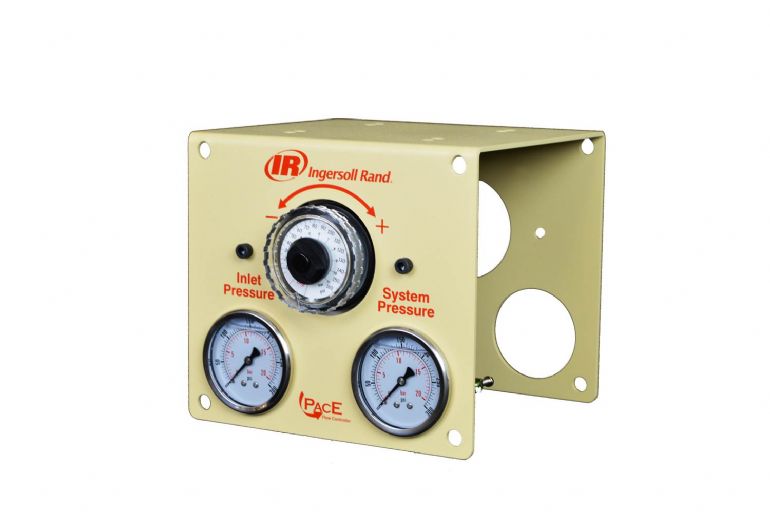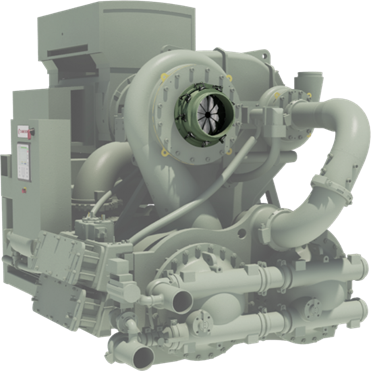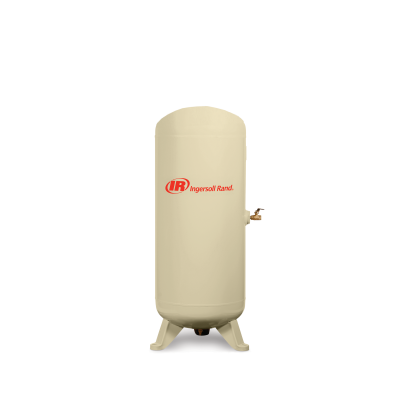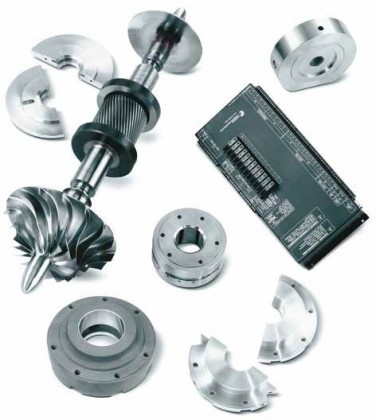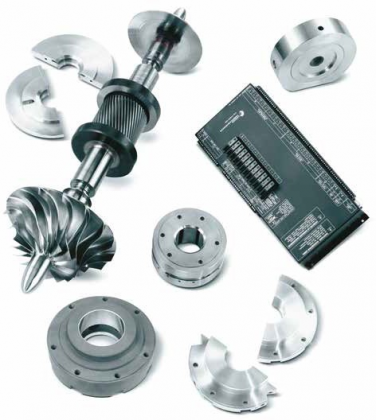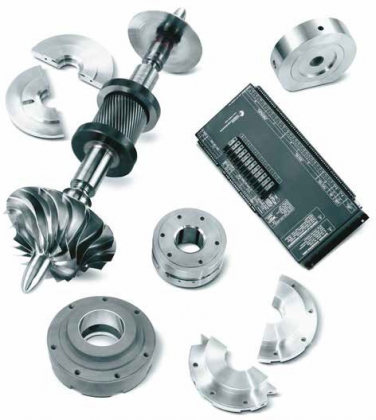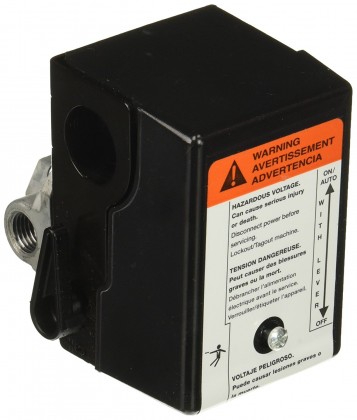- Nitrile seals for high level of chemical resistance
- NPT threads for easy installation with existing delivery systems
- Glycerine-filled, stainless steel, dual gauge design for clear reference of pressure (both inlet and outlet)
- Powder-coated steel chassis for premium durability
- Versatile directional flow available
- Compatible with rotary and reciprocating technologies
The Cost of Unmanaged Pressure
Most compressed air systems experience fluctuating demand. This can cause unstable system pressure, requiring compressors to cycle on and off. The typical solution is to overcompensate by using additional compressors and/or by increasing overall system pressure. However, these approaches increase overall operating costs and air loss due to leaks as well as damage to compressors and point-of-use tools.
PacE Flow Controller Benefits
The PacE Pneumatic Flow Controller creates a buffer between air supply and demand. It enables more effective air storage, and continuously stabilizes system pressure by responding to demand fluctuations. When pressure is kept constant, the need to increase system pressure or add compressors can be eliminated...ultimately saving you money.
- Reduced energy consumption
- Improved compressor and production tool life
- Consistent pressure at point-of-use
- Less production waste; decreased downtime
Unmanaged Air Costs More Than You Realize
On average, an estimated 50% of compressed air in an unmanaged system is used for production. The other half is wasted due to leaks, misuse and artificial demand. Consider a 40 hp compressor that runs 3,500 hours at $0.10 per kW. If the compressor creates 125 psig, but the tools only demand 90 psig, adding the PacE controller can save up to $1,281 per year in energy costs.
That’s more than a 2x return on the initial investment of the controller in just one year!
Unnecessary wear on the compressors is another cost of running an unmanaged system. The units must cycle more frequently than normal and can’t reach a fully unloaded state, resulting in higher maintenance costs and shortened lifespan. Point-of-use tools are also at risk when subjected to higher pressures than they are designed to tolerate.

